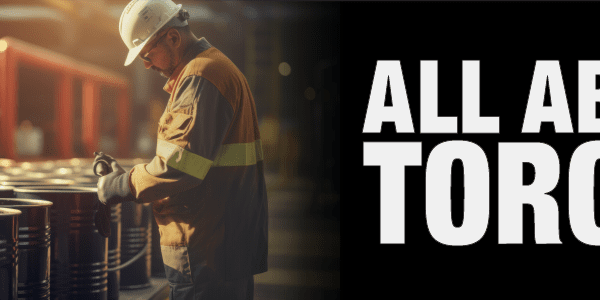With spring in full effect and summer just around the corner, it is the time of year where everyone begins to really enjoy the outdoors – barbequing some of their favorite recipes.
As a former firefighter, I know all too well the potential hazards that can occur when cooking on a barbeque. I want to share a few safety tips on how to ensure a safe summer and prevent any possible mishaps while using propane or charcoal as your BBQ cooking/heat source.
Step One: Before Use
- Fill propane tank
- While transporting your propane tank, keep it upright and ensure it is secured. This is to guarantee that possible damage (such as the tank turning into a missile) does not occur;
- Check for dead rodents
- Rodents can crawl into your BBQ over the winter months to enjoy the grease deposits or left-over food bits left on the grill;
- There is nothing worse than slow cooking a critter while cooking your favorite meal;
- Check for leaks
- While your BBQ is pressurized with propane / natural gas and turned on (burner turned off), either sponge or spray soapy water over the hose to check for any possible leaks. You will see bubbles if there are any leaks. This would be the same as when mechanics check for leaky tires on cars;
- Clean any excess grease
- Deposits may have occurred over the winter. Ensure a good cleaning of the grease drip tray for excessive grease and water accumulation. Note: many stores sell natural BBQ degreasers or cleaners;
- Safe Distance
- Ensure your barbeque is at least 10 feet or 3.05 meters from structures such as your home, garage, or even your fence. This is for two reasons: to prevent damage to structures due to the heat produced by the BBQ, and if your BBQ were ever to fail or flare-up, it would prevent your home, garage, and even your fence from potentially going up in flames.
Step Two: During Use
- Before ignition
- Open the lid to ensure proper airflow and prevent gas build-up that could cause an explosion;
- Never abandon your post
- Not only to make sure your food isn’t burning – but to prevent any possible flareups that could create extreme heat and damage your BBQ or set fire to adjacent structures. Also, ensure children stay a safe distance away while you are cooking.
Step Three: After Use
- Ensure propane tank is turned off at the source, or that the valve of your natural gas line is turned off;
- If using charcoal, leave it to cool overnight before disposing. Fires can occur from putting hot ashes in the garbage (inside or near your home) or even your garage. An idea for any of you with a green thumb -use the ash as a potential fertilizer for your garden or flowerbed. The ash is nutritious for many plants as long as you use additive-free wood charcoal;
- Ensure propane tanks are not stored inside;
- Ensure BBQ is cooled before replacing cover;
- And clean all excess grease and food to prevent future flare-ups and/or late-night critters living in your BBQ.
Please be safe, enjoy your summer AND make the most out of the BBQ season!







 ICC USA
ICC USA ICC Canada
ICC Canada